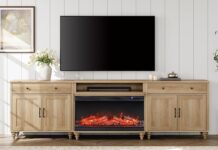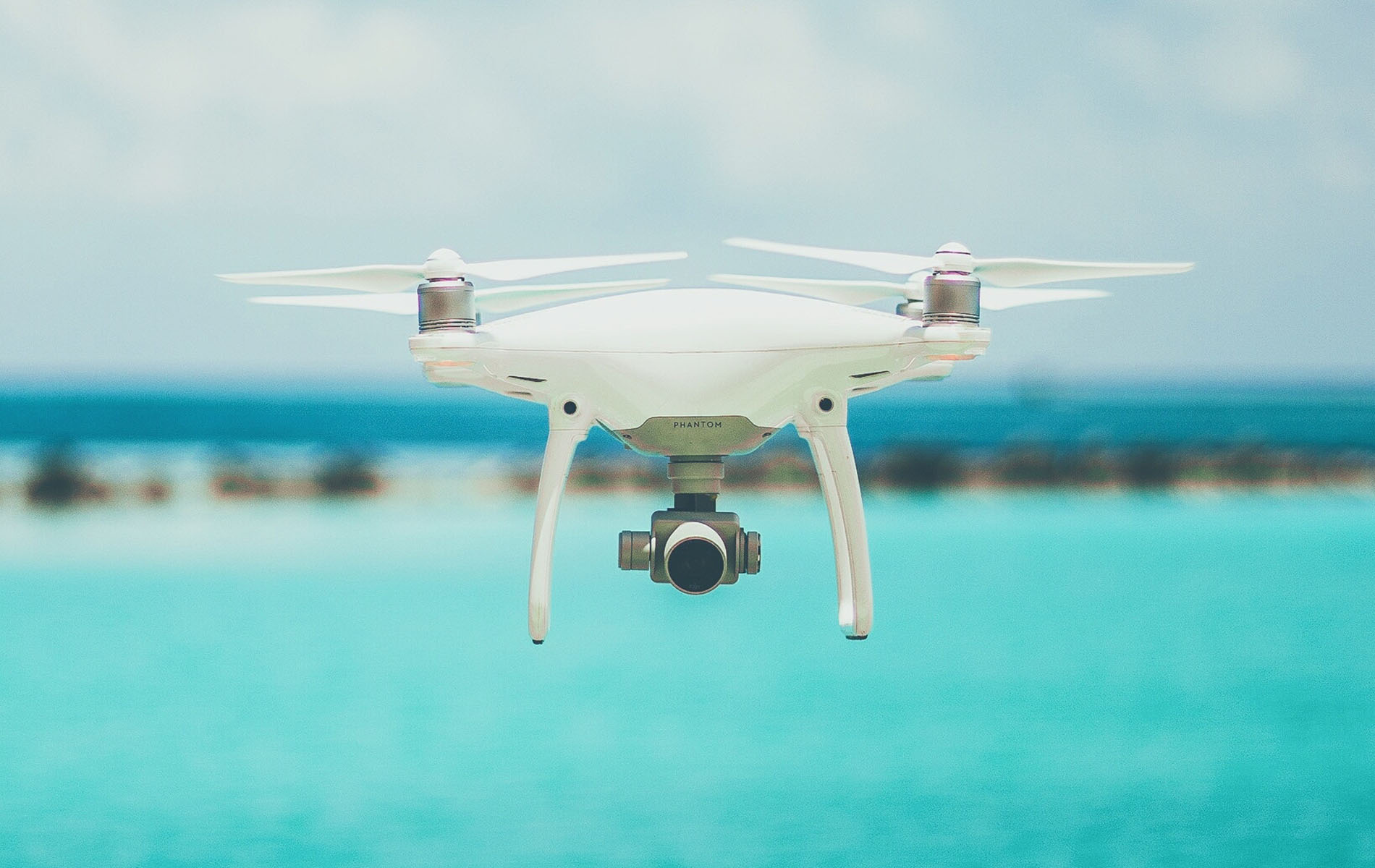
How to get great photos with your drone
Have you ever had one of those moments where you think: ‘Wow, I’m living in the future!’? It happened to me a while back when someone passed me on an air bike – I was genuinely stunned. I get a similar feeling when I reflect on where we’re at with drone technology. They’re still relatively new to the consumer market, but the rate of innovation has been pretty head-spinning nonetheless, and they’ve become one of the hottest items in photography over the past few years. The quality of the models available has been rapidly improving, to the point where imagery that once could only be made by those with serious production budgets is now available to anybody willing to make a pretty modest investment.
Today I’m going to give you some tips on how to get the most from your drone photography and also take a look at some of the drones available here at BestBuy.ca.
Read the manual!
This is such an obvious piece of advice, but it’s worth reiterating nonetheless. Ok I admit – I have in the past done the exact opposite. Whether it’s the excitement of having a new gadget, or because I want to find out how intuitive a camera is for review purposes, it is sometimes hard to resist the urge to take a new toy for a spin. When it comes to drones however, you really need to learn the controls so that you don’t end up damaging, or even losing your drone. Also, some of today’s drones are so feature-filled that the only way to know what they’re capable of is to give the manual a thorough scan.
Find the right conditions
The best time to learn how to use your drone is on a calm, clear day. Rain is the enemy of all electronic devices, and while your drone may have some weather-proofing (check the manual!) you’ll almost always get better results on a clear day anyway. Wind is another factor to be aware of, because strong gusts can make your drone more difficult to control, leading to unpredictable results. Of course as you grow your skills you may want to experiment with a moodier aesthetic by shooting on days when the weather is less than ideal, but it’s best to build up to this level gradually.
Seek interesting scenes
The beauty of drones is that they open up a whole new world of possibilities in photography, offering us vantage points that we could only dream of before. The difficulty in this however, is that it’s impossible to know how the scene will look until you get the drone into place. Drone photography is essentially remote photography, and as photographers we are used to being behind the camera, getting a vantage point that allows us to have a good idea how the shot will turn out. Many drones will provide a live view from the camera, but nonetheless you need to get the drone up in the air and in position before you can properly assess the scene. So think carefully in advance about the kind of scene your trying to capture. Beaches and other oceanside locations can provide really interesting opportunities.
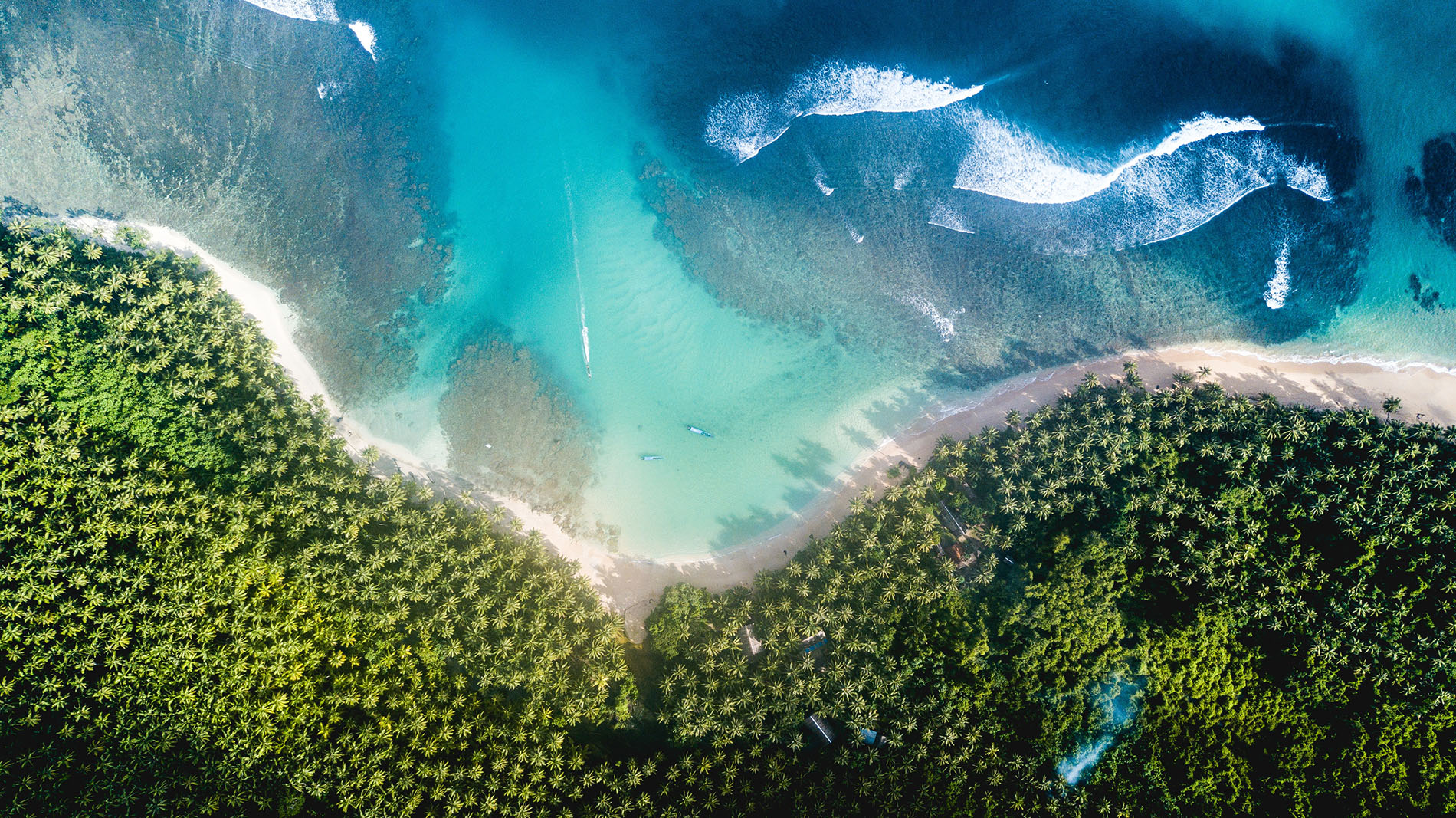
Think about lighting
No serious blog post on photography could go without mentioning light. Usually I advise readers to seek the Golden Hour, i.e. shoot either at sunrise or sunset. When it comes to drone photography however, things are a little bit different. If you’re shooting straight down, like the shot above, you may find that mid-afternoon light works just as well, if not better, because the light direction will work in your favor and you won’t get those long shadows. If you are shooting at an angle however, you will probably get better results during the Golden Hour.
Look for regular shapes
One of the recurring themes you’ll see in drone photography is regular shapes and repeating patterns. Sports grounds, for example, are popular subjects, but don’t always offer much of a surprise – they look kind of like you would expect them to look. I like what the photographer discovered in the shot below. The symmetry of the logs piled on either side of the road is pleasing, as is the repeated shapes of the logs themselves.
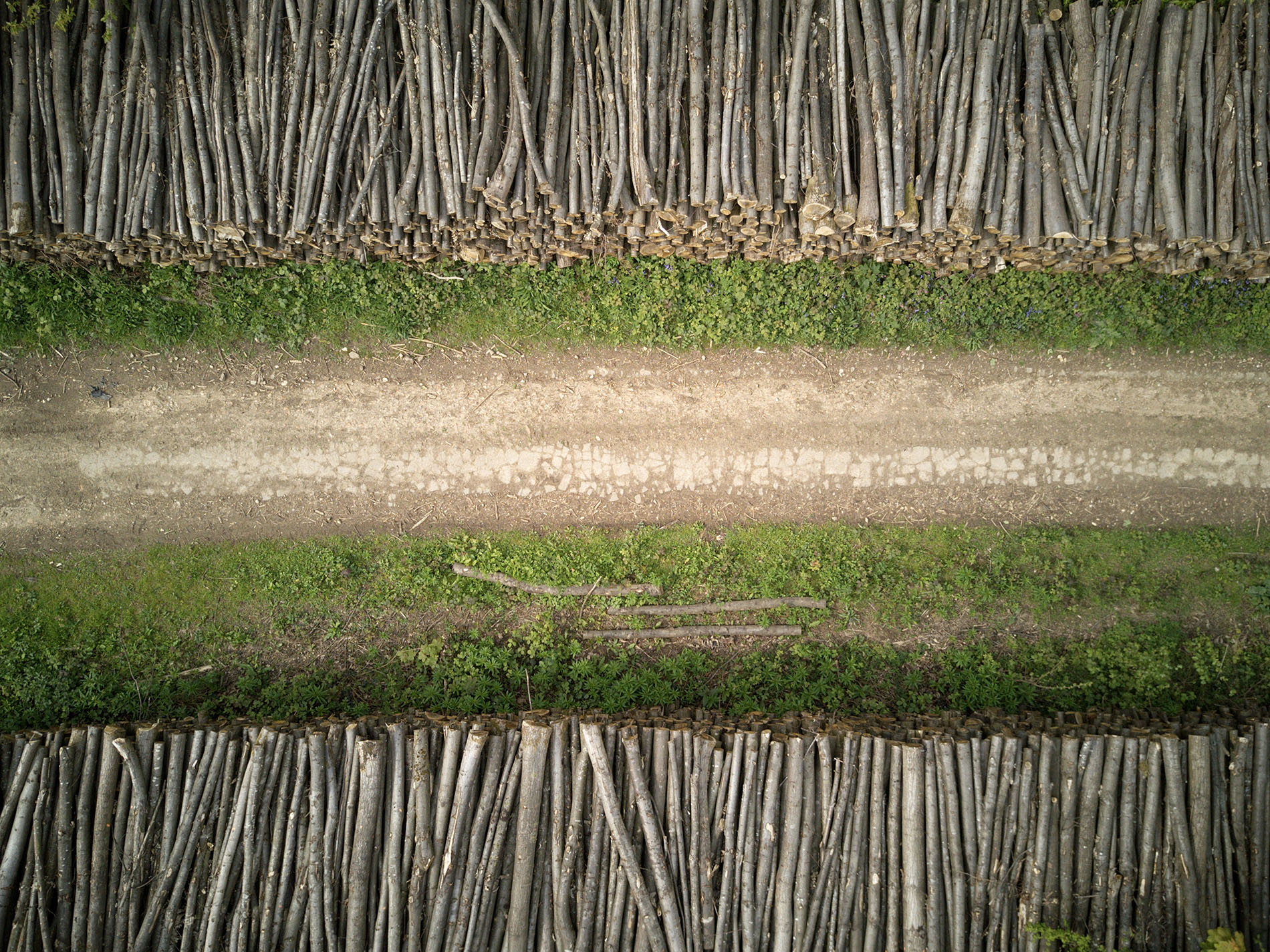
Play with scale
One of the key advantages of shooting with a drone is that it allows you to play with scale, where you shoot an easily recognizable shape in a scene that may not be so easily recognizable. That shape then allows the viewer to make sense of the scene as a whole and realize how big the space is. In the shot above we have no way to gauge how wide the road is or how big the logs are, but in the shot below we get a very definite impression of how small the surfer is in the vastness of the water around him.
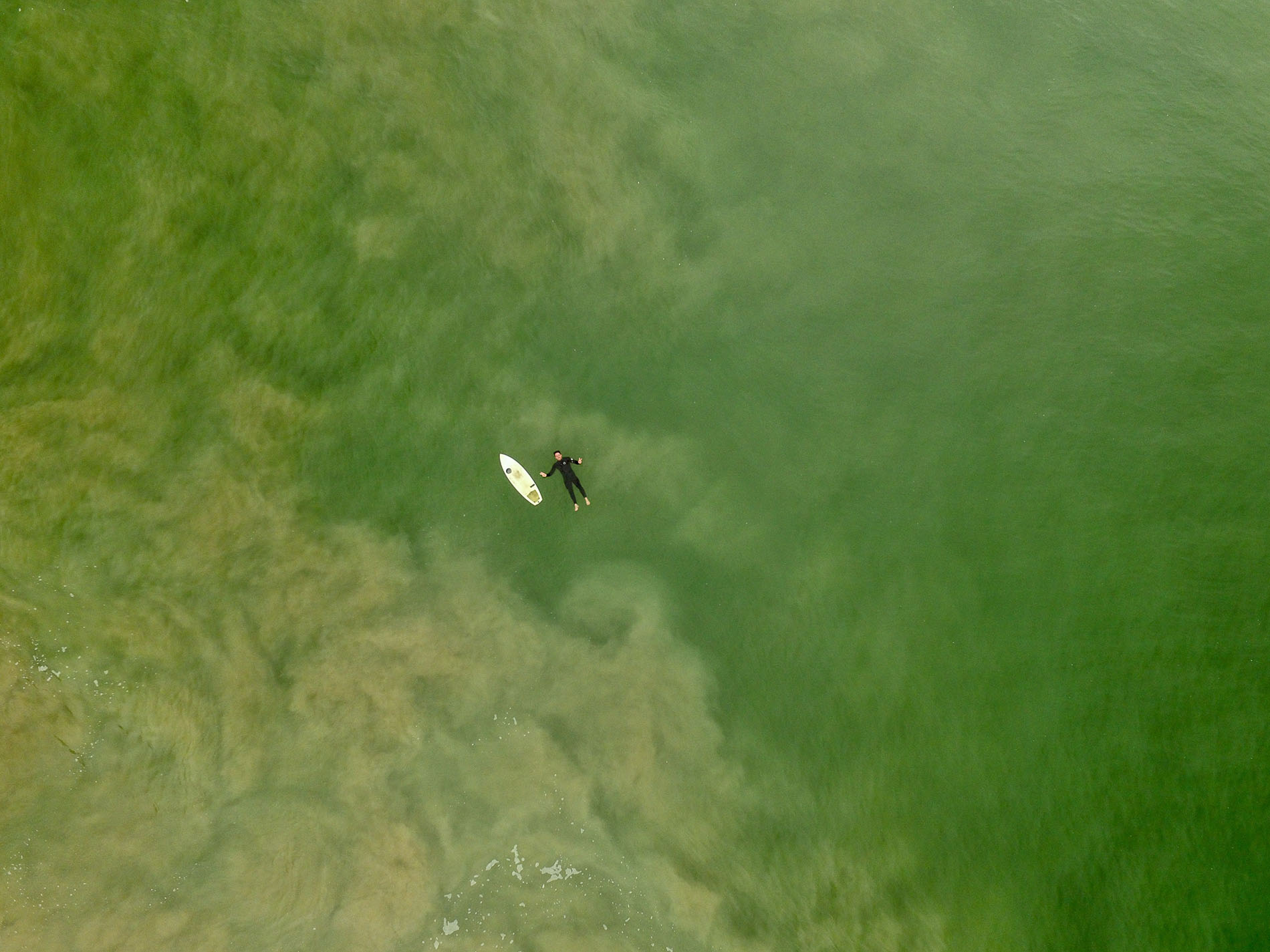
‘What’s the best drone for me?’
That’s a tricky question, because it depends on what you plan to use your drone for, and of course what your budget is. If this is your first drone and you want to get a feel for things before you invest too much, you might like to try out something like the Protocol Galileo Stealth Quadcopter. Getting into more serious territory, you’ve got the new DJI Spark, which has a really impressive list of features, including gesture recognition, which allows you to control the drone with a wave of your hand [‘The future is here!’ moment]. It also flys at up to 50 km/h and can be controlled from 2 kilometers away. Towards the top end of the consumer drone market you’ve got the DJI Phantom 4 Pro+, which as the name suggests, is absolutely capable of shooting professional quality images, including 4k video at 60 frames per second. It can basically fly itself with it’s obstacle avoidance technology, and it’s ActiveTrack feature let’s you lock on to your subject and track them as they move. Powerful stuff!
If you’re feeling suitably inspired and ready to take your photography to the skies, be sure to check out the full range of drones available here at BestBuy.ca!



